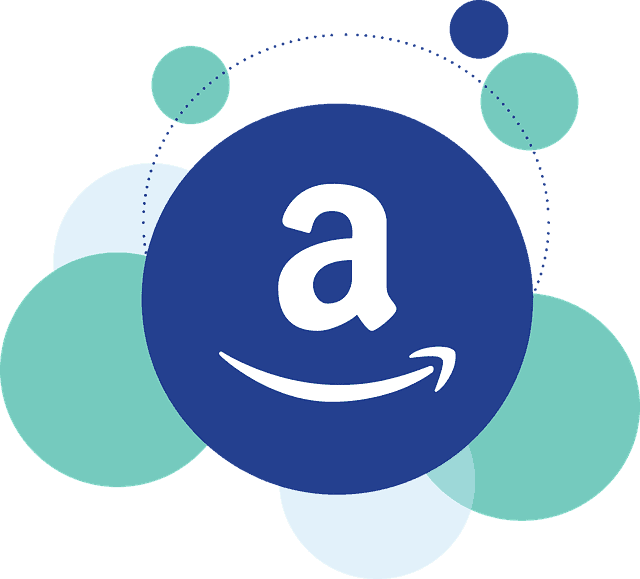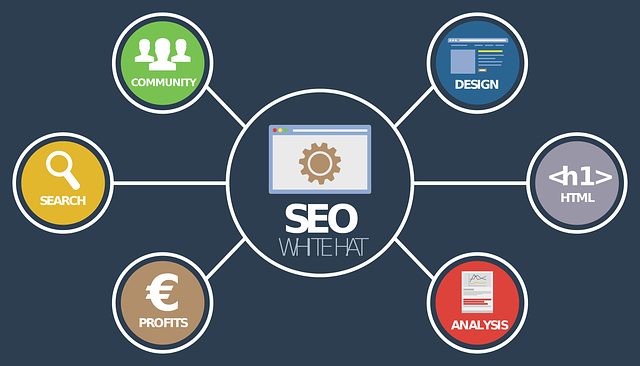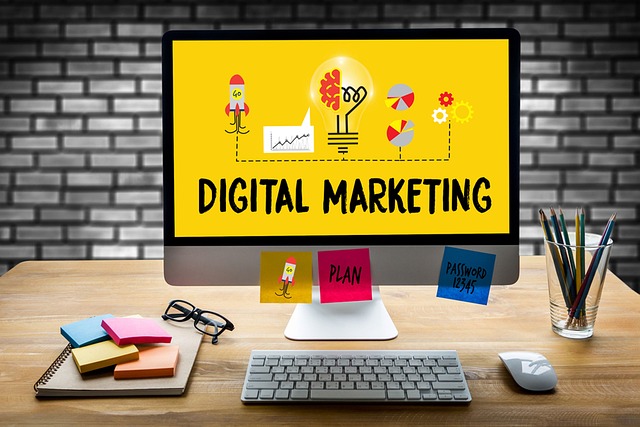-By: Bhavisha Changrani
In the fast-paced, often overwhelming world of digital marketing, businesses are always looking for ways to stand out, capture attention, and build lasting connections with their audience. As consumers become more adept at tuning out traditional ads, the power of storytelling has emerged as a key strategy for engaging audiences in a meaningful way. Whether through social media posts, video ads, or blog content, storytelling has become a core component of digital marketing strategies in 2024. But why does storytelling matter so much now, and how can marketers leverage it to create better connections with their audience?
This article delves into why storytelling is crucial in digital marketing today, exploring its impact on consumer behaviour, engagement, and brand loyalty. We’ll also look at how businesses can craft compelling narratives that resonate with today’s digital-savvy consumers.

The Rise of Storytelling in Marketing
Storytelling is as old as human communication itself. From the earliest cave paintings to oral traditions passed down through generations, stories have been a fundamental way to connect, teach, and entertain. In the digital age, storytelling has found a new platform: digital marketing.
What makes storytelling so appealing in the context of digital marketing is its ability to go beyond the transactional nature of traditional advertising. Consumers no longer want to be sold to—they want to be engaged, entertained, and made to feel like part of a bigger story. This shift in consumer expectations has driven businesses to embrace storytelling as an integral part of their marketing efforts.
In fact, research from Stanford University has shown that stories are up to 22 times more memorable than facts alone. This speaks to the power of emotional engagement: stories have the ability to evoke emotions, which are a key driver of memory and decision-making.
Why Storytelling Matters in Digital Marketing

It Creates Emotional Connections
One of the primary reasons storytelling works so well in digital marketing is its ability to forge emotional connections between brands and consumers. Emotional connections are powerful motivators in consumer behavior. Research by Nielsen shows that ads with an emotional appeal perform twice as well as those without, in terms of engagement and brand recall.
In 2024, where consumers are bombarded with a constant stream of messages, creating a memorable emotional experience is essential for breaking through the noise. A well-told story can humanize a brand, making it feel more approachable and relatable. This emotional resonance can drive consumer loyalty, increase trust, and encourage word-of-mouth marketing.
Consider the way brands like Nike and Apple have successfully used storytelling to build emotional connections with their audiences. Nike’s “Just Do It” campaign, for instance, isn’t just about selling shoes; it’s about encouraging people to push their limits, overcome challenges, and be their best selves. These stories transcend product features and tap into the aspirations and values of their audience, making the brand feel like a partner in their journey.
It Builds Brand Identity and Purpose
In a crowded market, establishing a strong brand identity is essential for standing out. Storytelling helps businesses define who they are, what they stand for, and why they exist beyond their products or services.
Today’s consumers are increasingly drawn to brands that reflect their own values and beliefs. Research shows that 80% of shoppers consider brand authenticity to be a critical factor when making purchase decisions. Stories allow brands to showcase their core values, culture, and mission in an authentic way.
Take, for example, Patagonia. The outdoor apparel brand has long used storytelling to reinforce its commitment to environmental sustainability. Through its “Worn Wear” campaign, Patagonia shared stories of customers who wore their clothes for years, thus emphasizing the brand’s sustainability ethos. This approach not only differentiates Patagonia from other outdoor brands but also strengthens its position as an advocate for environmental conservation.

It Increases Engagement and Social Shares
The digital landscape is saturated with content, making it more difficult than ever to grab the attention of potential customers. This is where storytelling shines. Research shows that content with storytelling receives engagement rates 7 times higher than non-story-driven content. This includes social shares, likes, comments, and other forms of engagement.
Storytelling is inherently more shareable than plain advertising because it taps into universal human experiences, emotions, and values. When people connect with a story, they are more likely to share it with their networks, extending the reach of your brand beyond your immediate audience. Social media platforms, especially Instagram, Facebook, and TikTok, thrive on visual and narrative-driven content, making storytelling a natural fit for these channels.
For instance, Coca-Colas “Share a Coke” campaign was built around the idea of personalization and the story of sharing meaningful moments with loved ones. By replacing their logo with popular names on bottles, the brand invited customers to find a bottle with their name or the name of someone special, creating a personal connection to the product and inspiring people to share photos of their Coke bottles on social media.

It Helps to Explain Complex Ideas
One of the challenges in digital marketing is explaining complex products or services in a way that resonates with a broad audience. Storytelling is particularly effective in simplifying complex messages. A well-constructed narrative can break down technical information and present it in an easy-to-understand, relatable format.
For example, in the field of financial services, a topic that often feels impersonal and complicated, brands can use storytelling to illustrate how their services can make a real difference in people’s lives. Mint, the personal finance app, frequently uses user stories to show how their product has helped individuals take control of their spending, save money, and plan for their future.
By embedding product benefits within stories, businesses can communicate their value in a way that resonates with the emotions and experiences of their audience.

How to Use Storytelling in Digital Marketing in 2024
As storytelling becomes an increasingly important tool in digital marketing, businesses need to adopt effective strategies for crafting and sharing their brand stories. Below are some actionable tips for leveraging storytelling in 2024.
Know Your Audience
A successful story begins with a deep understanding of your audience.What are their pain points? What motivates them? What are their values and interests? The more you know about your target audience, the better you can craft a story that resonates with them.
For instance, if your brand targets environmentally-conscious millennials, telling a story about your commitment to sustainability or how your product benefits the environment would be more compelling than focusing solely on the features of your product.
Incorporate Visual Elements
Humans are highly visual creatures, and in the digital world, visual content is often more engaging than text alone. Incorporating visuals—such as videos, infographics, and images—into your storytelling can help bring your narrative to life.
Instagram Stories, TikTok videos, and YouTube vlogs are great platforms for delivering visual stories that capture attention quickly. When storytelling through visuals, remember to keep your messaging concise, impactful, and aligned with your brand’s identity.

Show, Don’t Just Tell
In digital storytelling, it’s important to show your audience the story rather than just tell them about it. Instead of simply stating facts or benefits, incorporate real-life examples, customer testimonials, and case studies into your narrative.
For example, rather than saying “Our product is eco-friendly,” show a video of a customer using the product in a natural environment, or tell the story of how the company uses sustainable practices in its manufacturing process.
Create a Consistent Narrative Across Channels
While each platform may require a slightly different approach, it’s important to maintain a consistent brand story across all digital channels. Whether it’s your website, social media, or email campaigns, the core message and tone of your story should be unified, creating a cohesive experience for your audience.
Focus on Authenticity
Consumers today value authenticity more than ever. In an era where transparency is key, brands must ensure their storytelling feels genuine and trustworthy. Don’t try to be something you’re not—focus on what makes your brand unique and how it genuinely helps solve problems or add value to customers’ lives.

Conclusion: The Future of Storytelling in Digital Marketing
In 2024, storytelling is no longer a “nice-to-have” element of digital marketing; it’s a fundamental strategy that can make or break a brand’s connection with its audience. As digital platforms evolve and consumer expectations continue to shift, the ability to craft compelling, authentic, and emotionally resonant stories will be more important than ever. By focusing on emotional engagement, brand purpose, and visual appeal, businesses can create stories that not only drive consumer action but also build long-lasting relationships with their audience.
As the digital landscape continues to grow, the brands that succeed will be the ones that master the art of storytelling—making their marketing not just a message, but a memorable experience.










